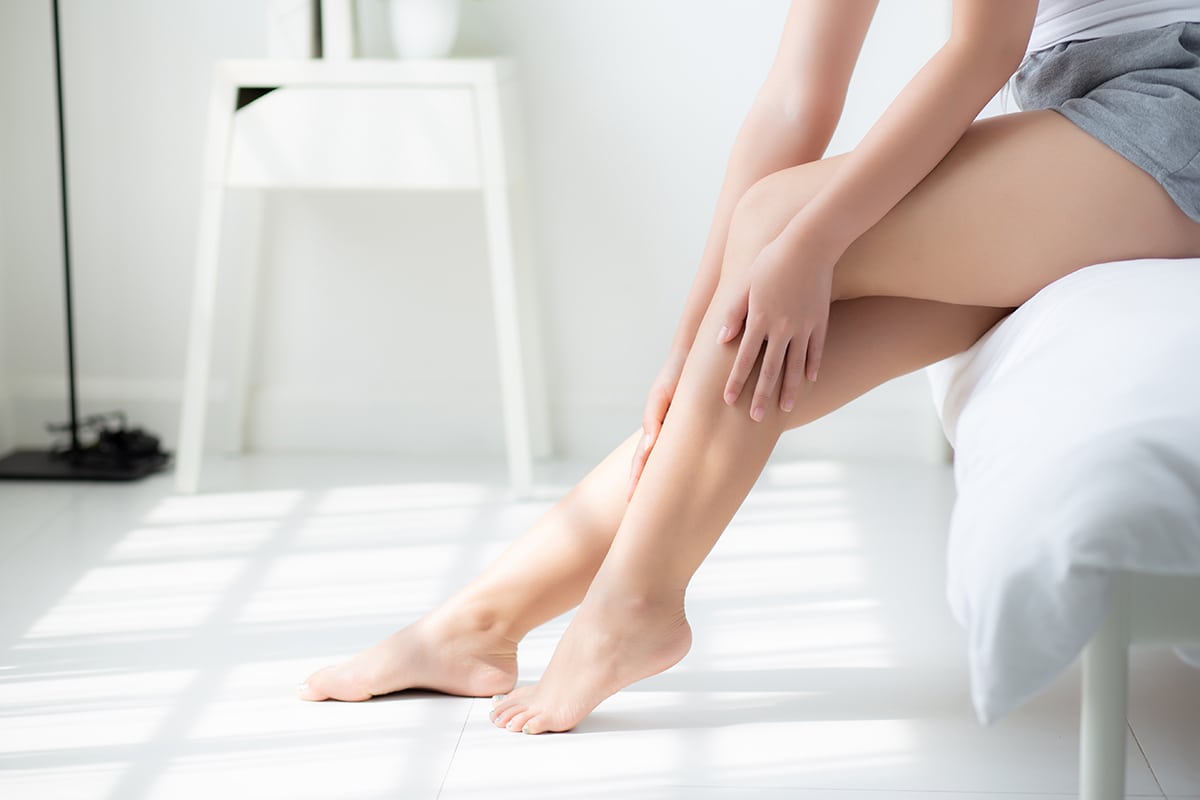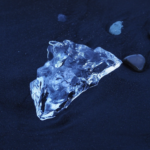Keratosis Pilaris (KP), often referred to as “chicken skin,” is a common skin condition characterized by small, rough bumps that appear on the skin’s surface, usually on the arms, thighs, cheeks, or buttocks.
While it’s a harmless condition, KP can be a source of concern due to its appearance. Fortunately, various treatment options are available to help manage and improve the condition’s appearance. In this article, we will explore the causes of keratosis pilaris and delve into the most effective treatment strategies.
Understanding Keratosis Pilaris
KP occurs when excess keratin, a protein that protects the skin from infections and other harmful elements, builds up around hair follicles. This buildup creates plugs that block the hair follicle openings, resulting in the characteristic bumps.
The condition often worsens during colder months when skin tends to be drier. While KP can affect people of all ages, it is more common in children and adolescents.
Treatment Options
Topical Treatments
Moisturizers: Regularly applying moisturizers that contain urea, lactic acid, or salicylic acid can help soften and exfoliate the skin, reducing the appearance of bumps.
Topical Retinoids: Prescription retinoid creams, like tretinoin, can help exfoliate the skin and promote cell turnover, which may improve the condition over time.
Alpha Hydroxy Acids (AHAs): Products containing glycolic acid or lactic acid can help exfoliate the skin and smooth out rough patches.
Exfoliation
Physical Exfoliation: Gentle exfoliation using a soft brush, loofah, or exfoliating gloves can help remove dead skin cells and prevent keratin buildup.
Chemical Exfoliation: Using products containing AHAs or BHAs (beta hydroxy acids) can help unclog hair follicles and reduce the appearance of bumps.
Prescription Medications
Topical Steroids: In cases of severe inflammation, a dermatologist may prescribe topical corticosteroids to reduce redness and swelling.
Topical Immunomodulators: Medications like tacrolimus or pimecrolimus can help manage inflammation associated with KP.
Laser Therapy
Laser Hair Removal: This treatment can target the hair follicles, reducing the appearance of bumps and preventing further keratin buildup.
Intense Pulsed Light (IPL) Therapy: IPL devices emit light that targets the pigmentation in the affected area, helping to minimize redness and improve skin texture.
Diet and Lifestyle
Hydration: Staying well-hydrated helps maintain skin health and reduce dryness, which can exacerbate KP.
Diet: Consuming foods rich in omega-3 fatty acids and antioxidants can support skin health. Omega-3s can be found in fish, flaxseeds, and walnuts.
Preventive Measures
While there is no cure for KP, some preventive measures can help manage its appearance:
- Gentle Cleansing: Avoid harsh soaps and cleansers that can strip the skin of its natural oils, exacerbating dryness.
- Avoid Overexfoliation: Excessive exfoliation can worsen the condition. Limit exfoliation to a few times a week and use gentle methods.
- Sun Protection: Protecting your skin from the sun’s harmful rays can prevent further irritation and redness
Conclusion
Keratosis Pilaris can be frustrating, but it’s important to remember that it is a benign skin condition. Finding the right treatment strategy often involves a combination of methods tailored to your individual skin type and severity of the condition.
Consultation with a dermatologist is recommended to determine the best treatment plan for your specific needs. Whether through topical treatments, exfoliation, prescription medications, or other methods, managing keratosis pilaris is possible, and with consistent care, its appearance can be significantly improved.



